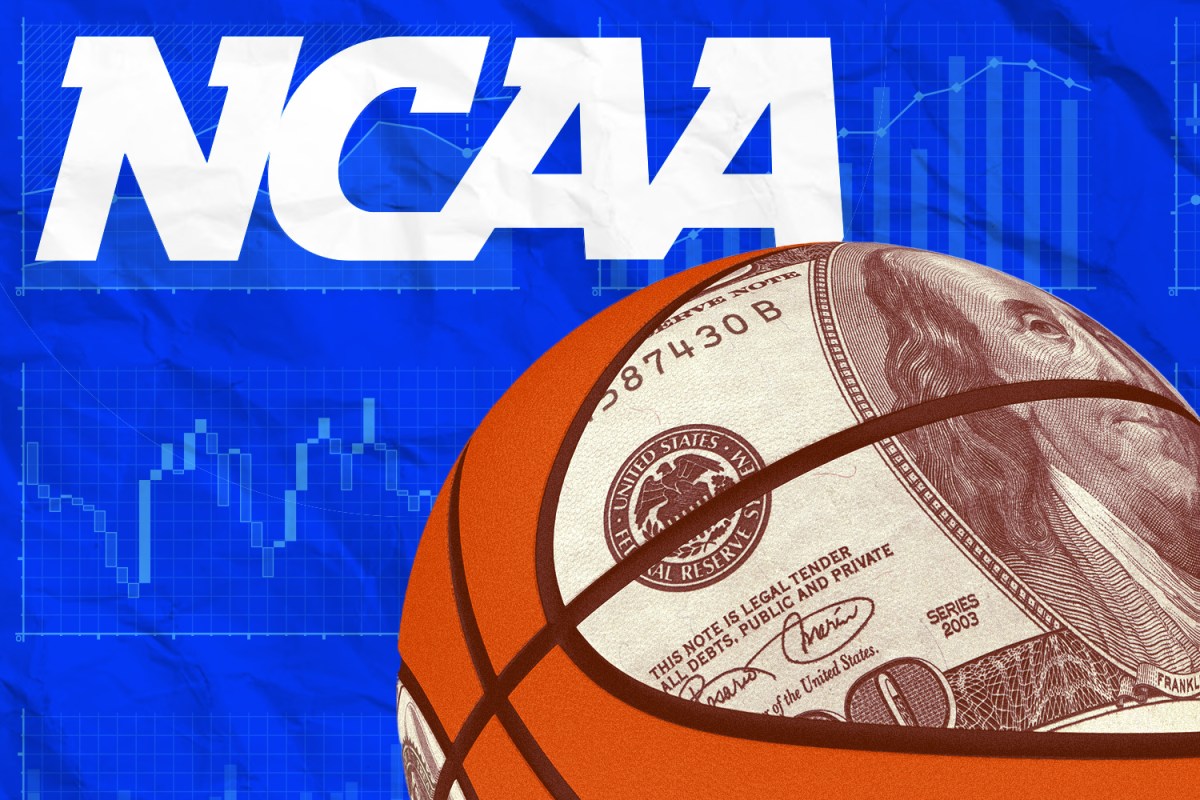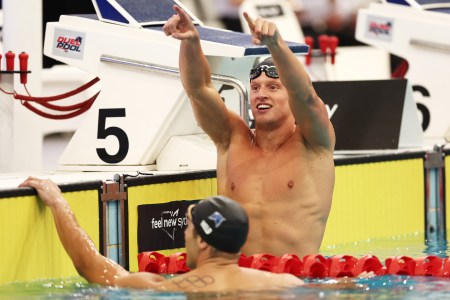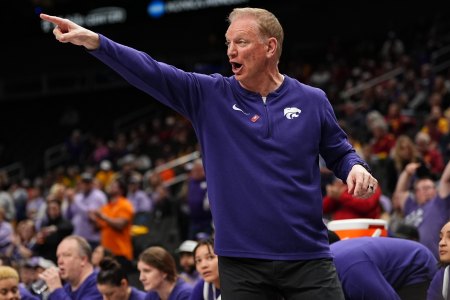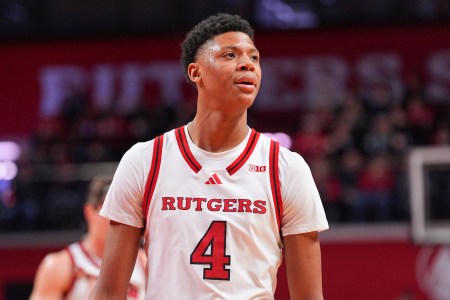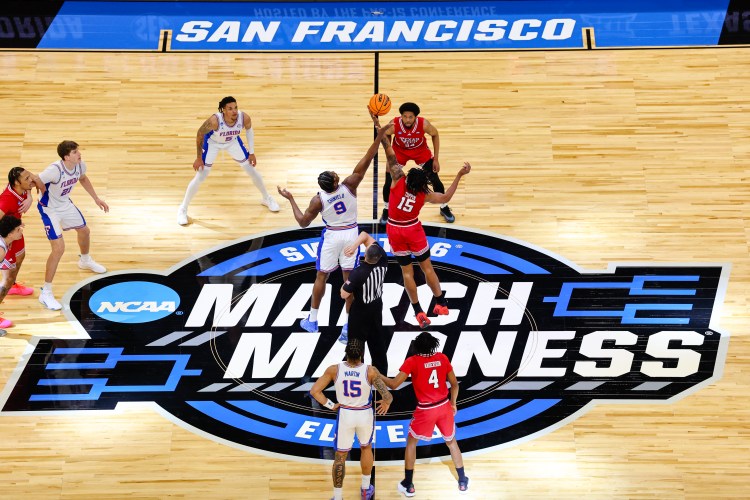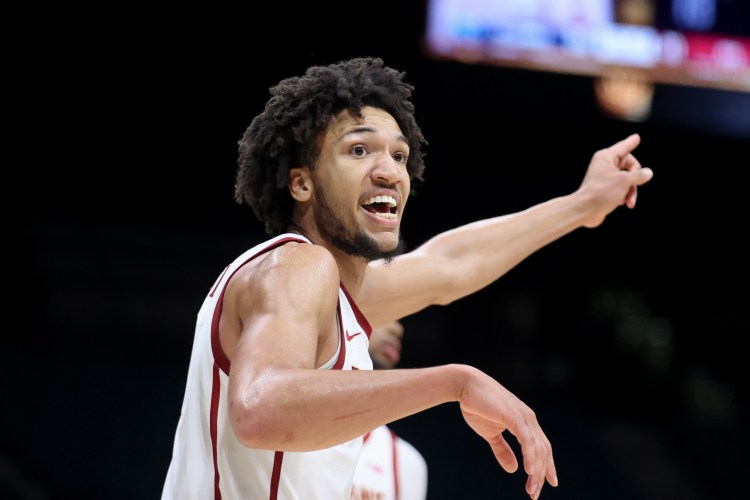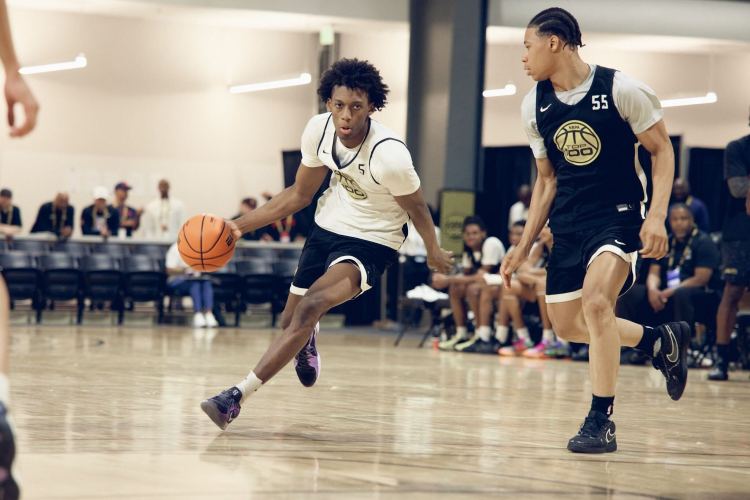Kristi Dosh is the founder of Business of College Sports. Her new book “The Athlete’s NIL Playbook: The Complete Guide to Owning and Profiting from Your Name, Image, and Likeness” will be published on July 2 by Wiley. You can pre-order it here.
The long-awaited, much-anticipated final approval of the House settlement was finally issued by U.S. Judge Claudia Wilken on Friday, thereby ushering in a new era in college athletics that will begin next month. Although revenue sharing is the most widely publicized change in store, the settlement includes a number of significant provisions related to Name, Image and Likeness, with a start date on the new process that came significantly earlier than expected.
NCAA president Charlie Baker hailed the step and expressed hope it will finally bring to an end the chaotic transition of the last few years. “Approving the agreement reached by the NCAA, the defendant conferences and student-athletes in the settlement opens a pathway to begin stabilizing college sports,” Baker said in a statement. “This new framework that enables schools to provide direct financial benefits to student-athletes and establishes clear and specific rules to regulate third-party NIL agreements marks a huge step forward for college sports.”
The settlement of the case, which got its name from named plaintiff Grant House, a former swimmer at Arizona State, will be forever hailed as one of the landmark events in the history of college athletics. Here are some of the most-asked questions about how the settlement impacts former, current and future college athletes.
How much are former athletes getting?
Athletes who competed from June 15, 2016 through September 15, 2024 are eligible for NIL backpay. A total of nearly $2.8 billion will be paid over the next 10 years in equal monthly installments to athletes who opted into the settlement.
Payouts are determined on an individual basis using a formula that takes into account the sport the athlete played, where they played, how many years they played and more. There are also additional sums for athletes who played prior to July 1, 2021 based on what they could have made in NIL deals prior to the rules change. That amounts to an average of $135,000 for football and men’s basketball players who got scholarships at power conference schools.
Who is paying the $2.8 billion in back pay?
Initial reports had the NCAA dishing out $1.1 billion of the $2.8 billion for past damages, with approximately $1.65 billion coming from the Power Five, and the remaining 27 Division I conferences paying $990 million. However, in April 2025, the NCAA announced it would direct $55 million in budget surplus toward the settlement. The remainder will be funded through both the NCAA withholding payments to universities (which is largely revenue from March Madness) and direct payments.
What will revenue sharing look like going forward?
Beginning in July, Division I schools can share up to $20.5 million with their athletes across all sports. This amounts to a de facto salary cap. Each school can decide how much to share and with whom.
Power Four schools that have made their revenue sharing plans public appear to be designating 70-75 percent to football, 10-20 percent to men’s basketball and the remainder to other sports. For example, Texas Tech said in December it was planning to distribute 74 percent to football, 17-18 percent to men’s basketball, two percent to women’s basketball, 1.9 percent to baseball and the rest to other sports.
The cap for revenue sharing will increase four percent in each of the next two years before being re-evaluated in the fourth year. This will allow schools to adjust for any changes in athletic department revenues.
What happens to NIL collectives?
Until now, NIL collectives have taken the lead when it came to fundraising for deals with athletes, especially in football and basketball. While some schools have announced their collectives are closing up shop or being absorbed into the athletic department, many collectives plan to continue raising money. That’s because deals between the collective and athletes don’t count toward the revenue sharing cap, effectively allowing schools to exceed it.
Did I hear schools can now act as an athlete’s agent?
Yes, the settlement allows a school (or a third-party it designates such as an NIL collective or marketing agency) to act as an athlete’s agent and help secure NIL deals with brands.
These agreements can even be exclusive — meaning the school handles all of the athlete’s NIL deals — but I wouldn’t recommend that to athletes because of the conflicts of interest that may exist. Many schools, however, are hiring internally or entering agreements with agencies to help athletes find and execute NIL deals going forward as a way to differentiate themselves.
For Grant House, Being the Face of Radical Change Has Not Been Easy
As the named plaintiff in the landmark House v. NCAA case, the former Arizona State swimmer has faced criticism, anger and even death threats. “I feel like I’ve been shunned by the swimming community.”
How will this new ecosystem be regulated?
Get used to hearing the phrase “College Sports Commission.” This is the new regulatory body that is going to oversee all of these changes. Its formation came about because the NCAA found itself unable to enforce its own rules around NIL and inducements during an athlete’s recruitment, including being hit with an injunction and then subsequent settlement that required it to allow boosters to speak with recruits prior to their commitment.
Under the House settlement, however, Division I athletes will now be required to report all third-party NIL deals worth more than $600 beginning June 7th, including multiple agreements with the same party that exceed $600 total. Those deals will be reported through a clearinghouse operated by consulting firm Deloitte, who will decide whether deals are within “a reasonable range of compensation based on multiple factors, including but not limited to, the deal’s performance obligations, the student-athlete’s athletic performance and social media reach, the local market and the market reach of his or her institution and program.”
The June 7 start date was the biggest surprise of the settlement that was revealed Friday night. Schools and athletes were in the final stages of arranging for huge, unregulated payments in advance of an anticipated July 1 start date. The new world arrived sooner than expected, and it is going to cause lots of athletes to lose millions of dollars in deals that have already been negotiated.
What are the new roster limits?
All Division I athletic scholarship limits have been eliminated as part of the settlement, with new roster limits set. Although this allows schools to fully fund scholarships up to the roster limit, the new limits are less than the average roster size was for most of the sports last year. It will reduce the number of opportunities available in each sport for future athletes, and few schools are expected to create new scholarships because of the added expense of revenue sharing and the fact that new scholarships count against the cap.
One amendment Judge Wilken required before approving the settlement was to grandfather in current athletes and recruits who may be cut in order to meet the new roster limits. Unfortunately, many schools made cuts before this amendment, and there is no requirement in the final settlement that they be reinstated, only permission for schools to do so at their discretion.
Does this mean athletes receiving revenue sharing are employees?
No. Athletes will be paid as 1099 contractors for the use of their NIL by the institutions. However, attorneys have suggested revenue sharing may be used in future labor claims by college athletes to prove they are being treated as employees.
Does this resolve all of the NCAA’s legal troubles?
Not even close. Although the House settlement includes the Carter v. NCAA and Hubbard v. NCAA cases, there are still a number of outstanding cases that aren’t included. They range from other NIL-related claims to challenges to the five-year eligibility rule to labor and employment claims that could lead to athletes later being determined to be employees.
If any future case leads to employment and collective bargaining for athletes, the terms of the House settlement say it can be included in any future collective bargaining agreement. Attorneys have also suggested the settlement itself may create new litigation in the future, from antitrust complaints related to the revenue sharing cap to claims from future athletes who are bound to the settlement but weren’t part of the class that opted into it.

